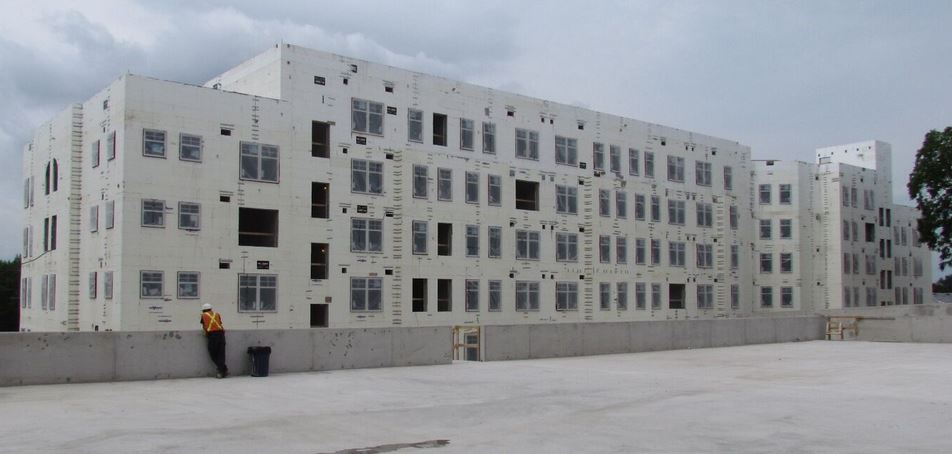
13 Must Haves for Medical Building Construction

10 Steps for Building a Home with Insulated Concrete Form Blocks
An ICF home, like one built with Fox Blocks, provides many of the essential features that today’s homeowner is looking for: excellent indoor environmental quality (IEQ), energy-efficiency, and disaster-resistance.

How to Build an Apartment Complex Faster (and Better)
The future of apartment building construction lies in leveraging innovative materials and processes to deliver better projects faster and more efficiently

Benefits of Using ICF for Tilt-Up Wall Construction

Building for Durability: The 7 Strongest Building Materials for Residential Construction
Building a home involves careful planning and meticulous construction. The materials used can dramatically impact the durability, aesthetics, and comfort of the home. This article will explore the seven most durable building materials for residential construction, and provide insights into the strongest material for building a house and the longest-lasting building materials available today.

How to Design Flood Resistant Basement Walls

How Much Does it Cost to Build a Warehouse?
A business must consider several expenses when determining the overall cost of building a warehouse: soft, hard, long-term, and finance costs.

Building for the Future: Exploring ICF Construction in Washington State

Choosing the Right Insulation R Value for High-Performance Homebuilding
Thermal control defines the long-term comfort and efficiency of every home. As energy codes tighten and building science evolves, insulation performance is under more scrutiny than ever.

5 Trends in Modern Office Building Design
In 2020, office building design trends strive to save money and provide a safe, healthy, and productive workspace.